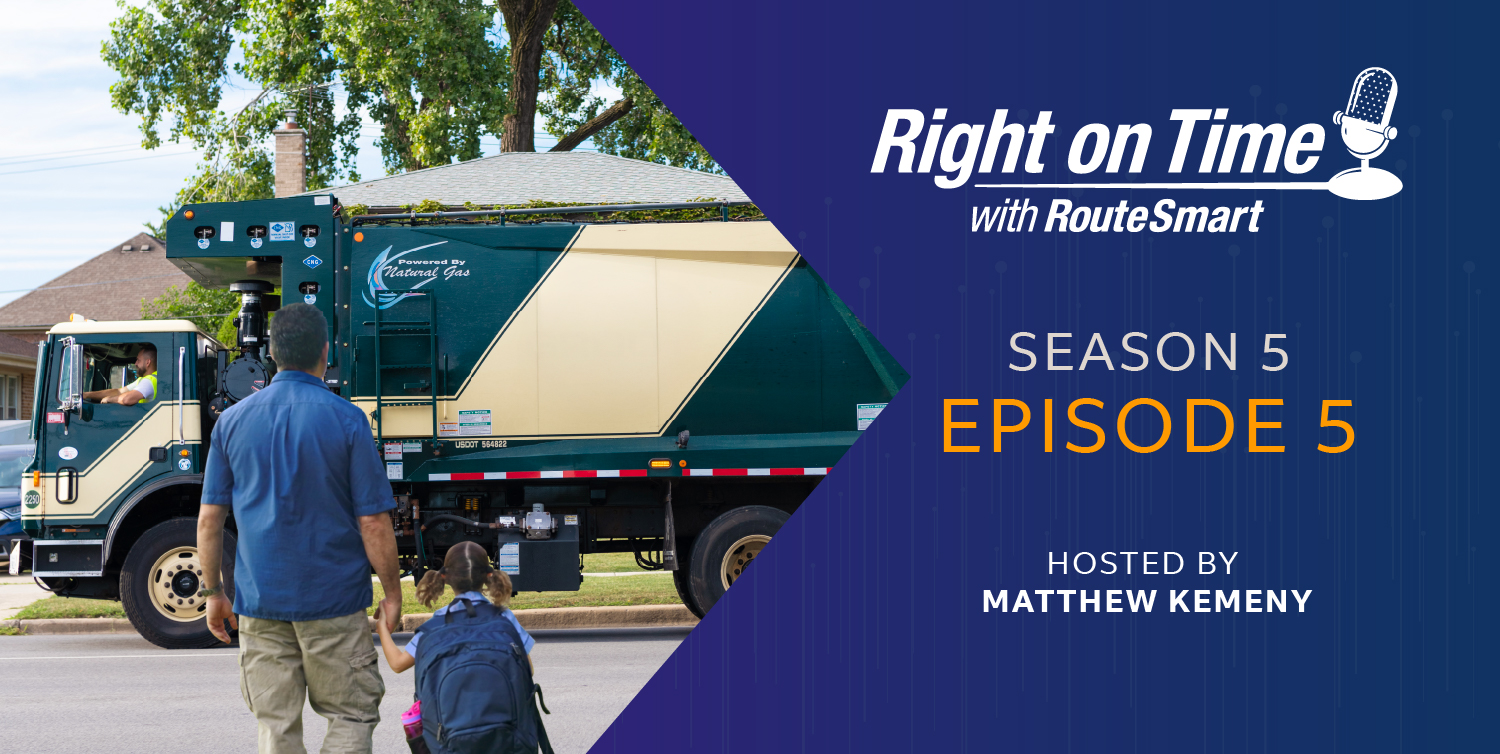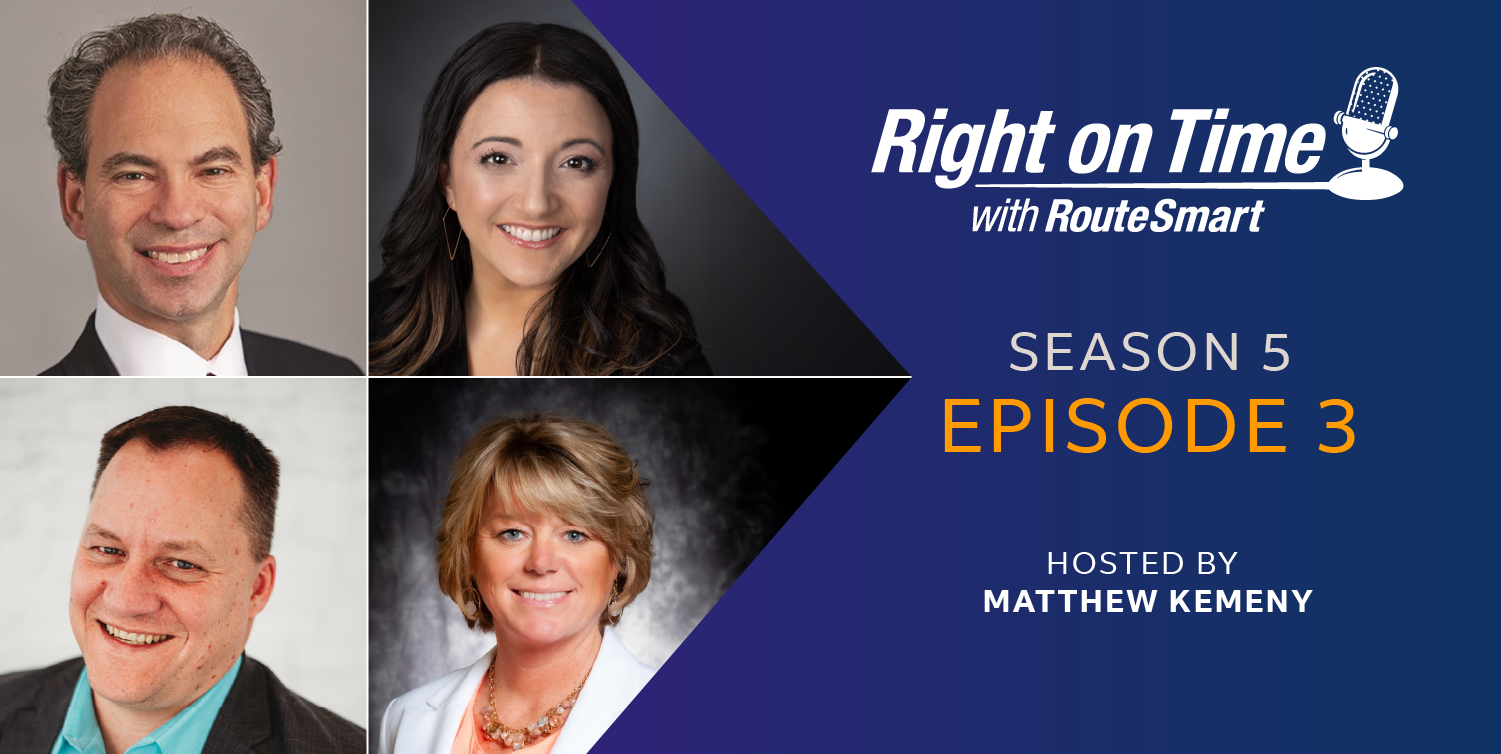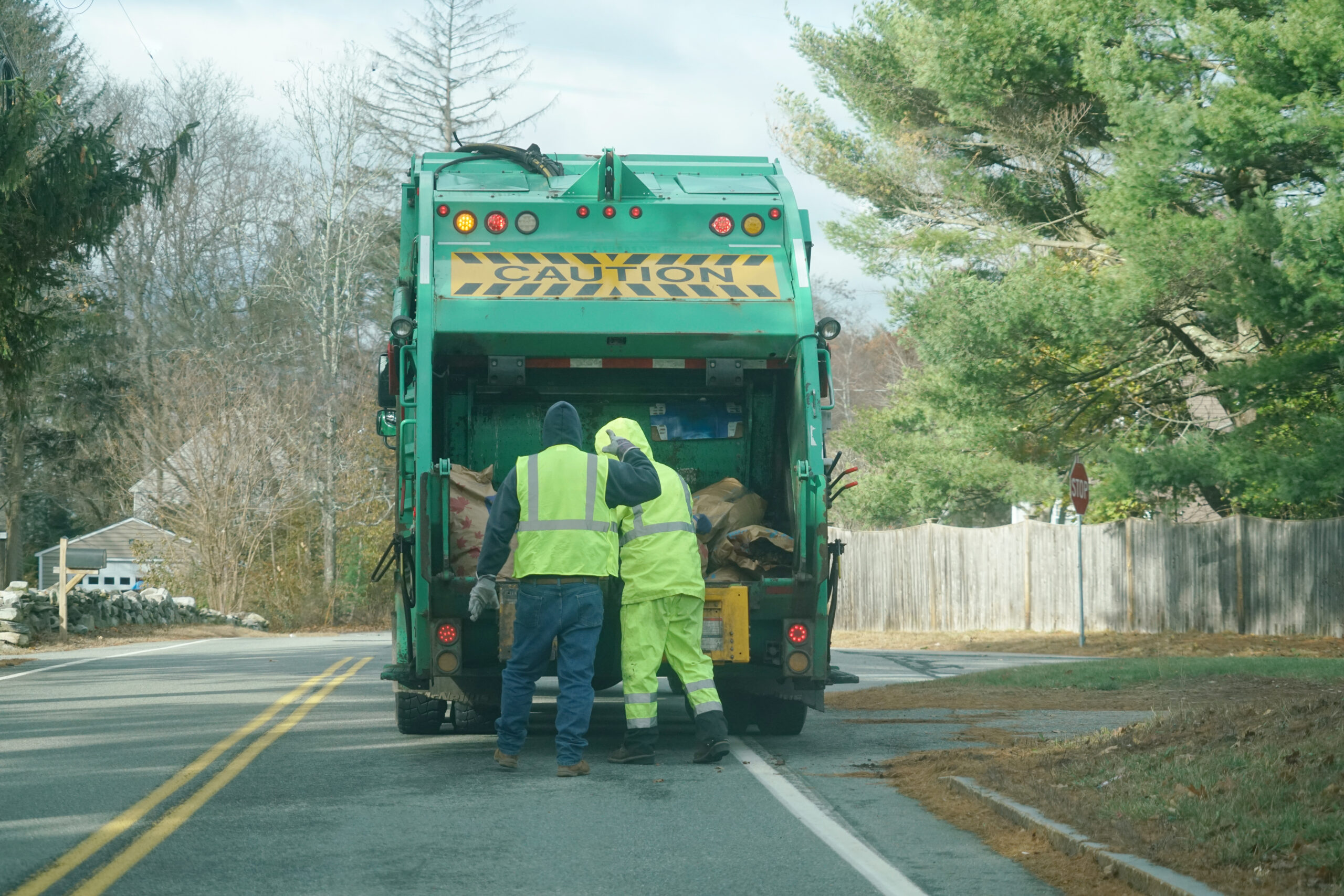3 Crucial Tools for Local Knowledge: Evaluating Solutions for Public Works Route Optimization
If the routing platform you’re using or assessing doesn’t include advanced tools for making manual adjustments on the fly, you miss out on significant efficiency and safety benefits.
The first step should always be getting the most accurate data into the routing system at the outset—including geocoding for customer locations and travel speed on specific arteries— since certain variables can change over time.
Only through these ongoing adjustments are routes truly optimized. There is always room for improvement on every route based on local knowledge—something that an automated algorithm can’t do on its own.
To accurately account for these shifts, a routing platform must have these three capabilities:
- Detailed route editing: After running automatic solvers, tools reassign customer pickups to other routes on an individual basis and permits detailed fine-tuning of each route.
- Block-based sequencing: This controls the way a truck drives around a route by “clicking out” on a block-by-block basis instead of having to click individually on hundreds of different customers.
- Multi-day commercial pattern adjustments: With commercial waste collection, trucks visit businesses that may get multiple pickups every week. Our editing tools help waste management companies keep these service patterns intact as they balance customers between routes.
Learn more about RouteSmart’s local knowledge tools by contacting me at jcearfoss@routesmart.com.
Part 1
Unified Routing Platforms
Discover how a unified routing platform can streamline public works operations and gain insights on optimizing waste and recycling routes for efficiency and seamless service delivery.
Part 2
Automated Route Balancing
Learn how automation tools boost efficiency and safety in public works route optimization. Discover how automation reduces manual adjustments and streamlines delivery.
Part 3
Automated Sequencing
See how automated sequencing can transform public works route optimization and explore the benefits of automation in enhancing safety and efficiency for more effective route planning.
Part 4
Side of Street Geocoding
Achieve precise route optimization with side-of-street geocoding. Learn how RouteSmart’s automated geocoding enhances accuracy and efficiency in waste management.
Part 5
Side of Street Routing
Optimize waste management routes with reliable side-of-street routing tools. See how this RouteSmart solution enhances safety, reduces risky maneuvers, and increases efficiency for smoother deliveries.
Part 6
Intelligent and Safe Turns
Optimize public works routes with intelligent turn solutions that minimize risky maneuvers like U-turns and backing for better safety and efficiency.
Part 8
Objective Route Planning
Learn how the Route Health Score™ provides measurable metrics for optimizing routes and ensuring consistent improvements.
Part 9
High-Density Routing Made Simple
RouteSmart’s navigation tools improve efficiency in high-density urban areas by integrating precise data to optimize side-of-street routing.
Part 10
Can Your Vendor Handle a Waste Management Implementation?
How to assess your provider.



